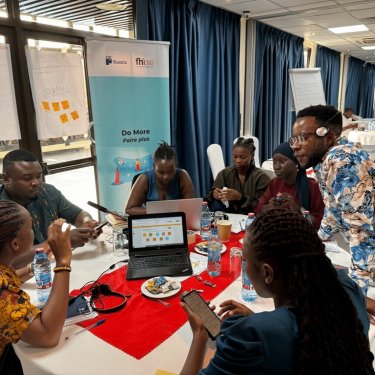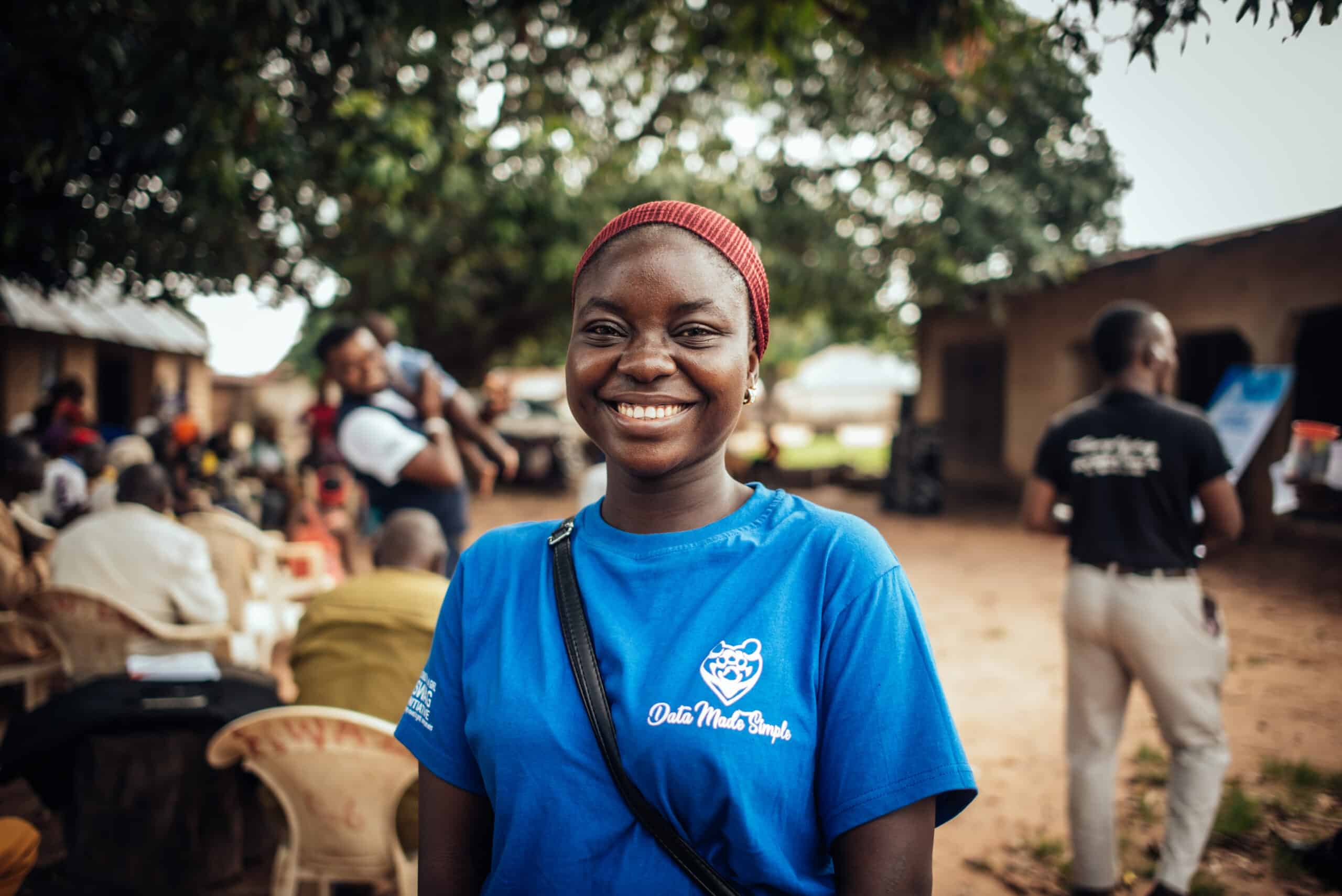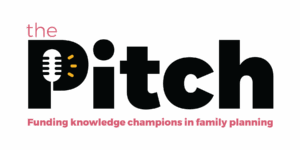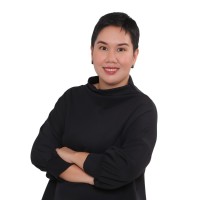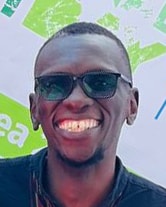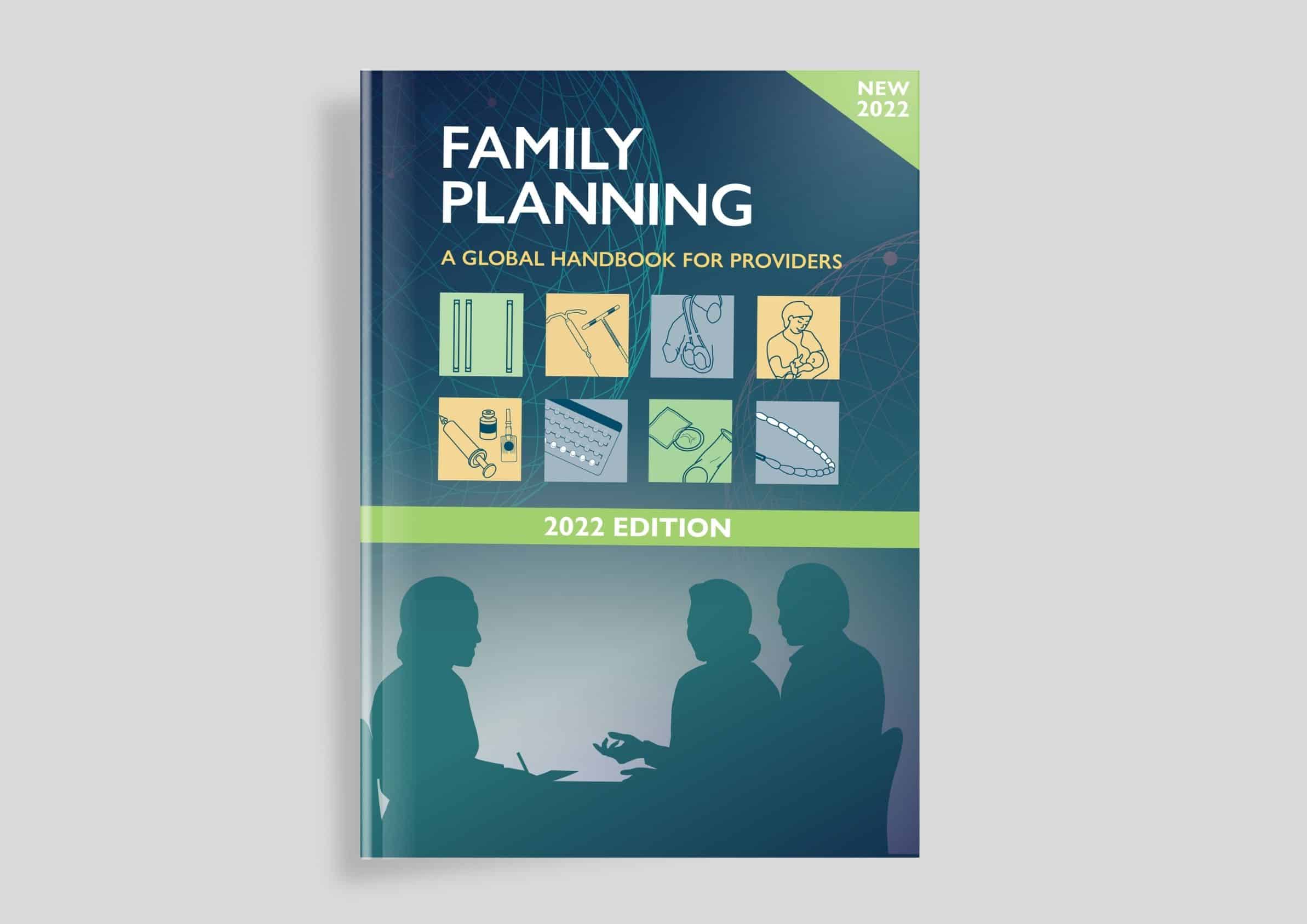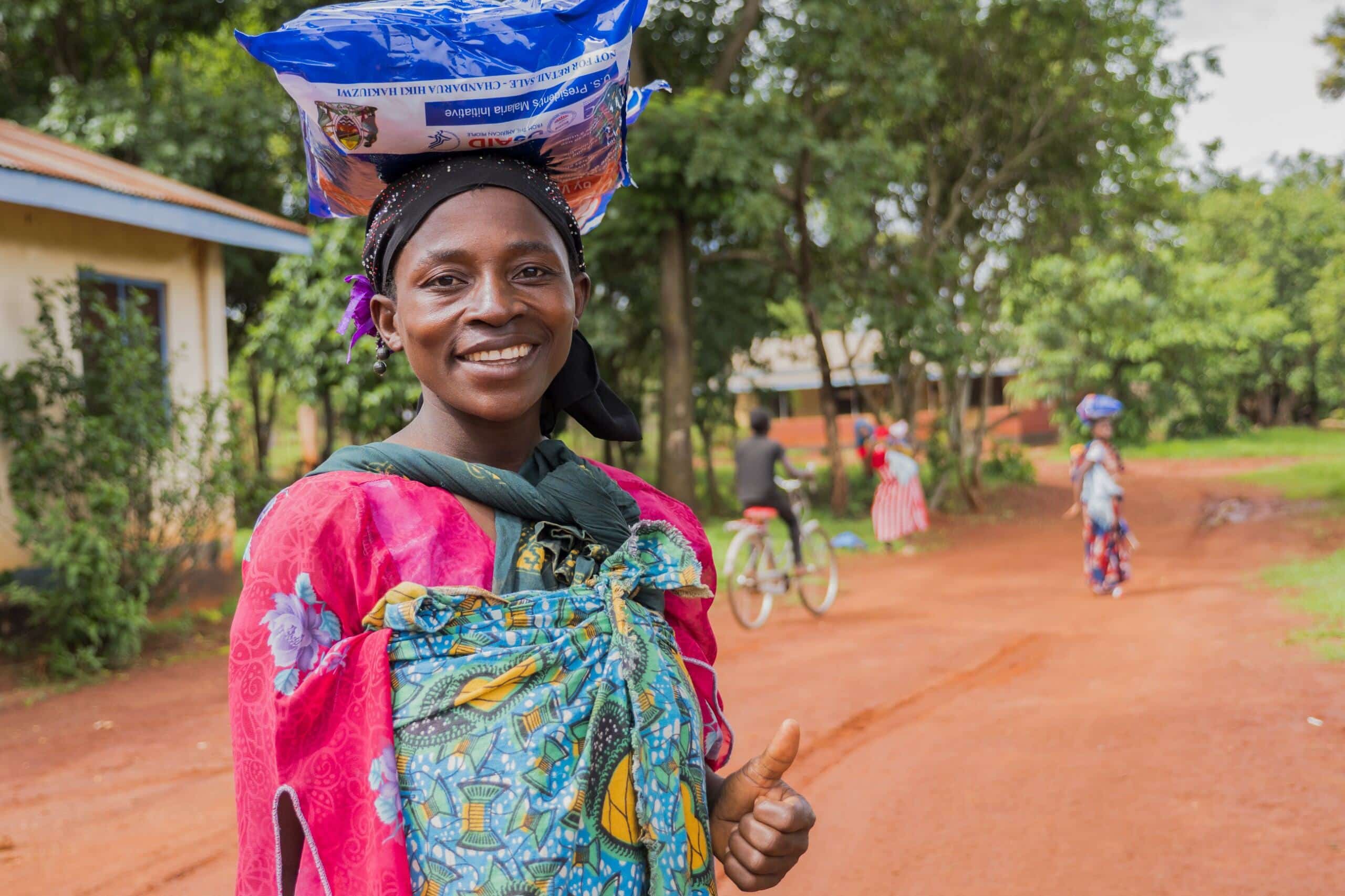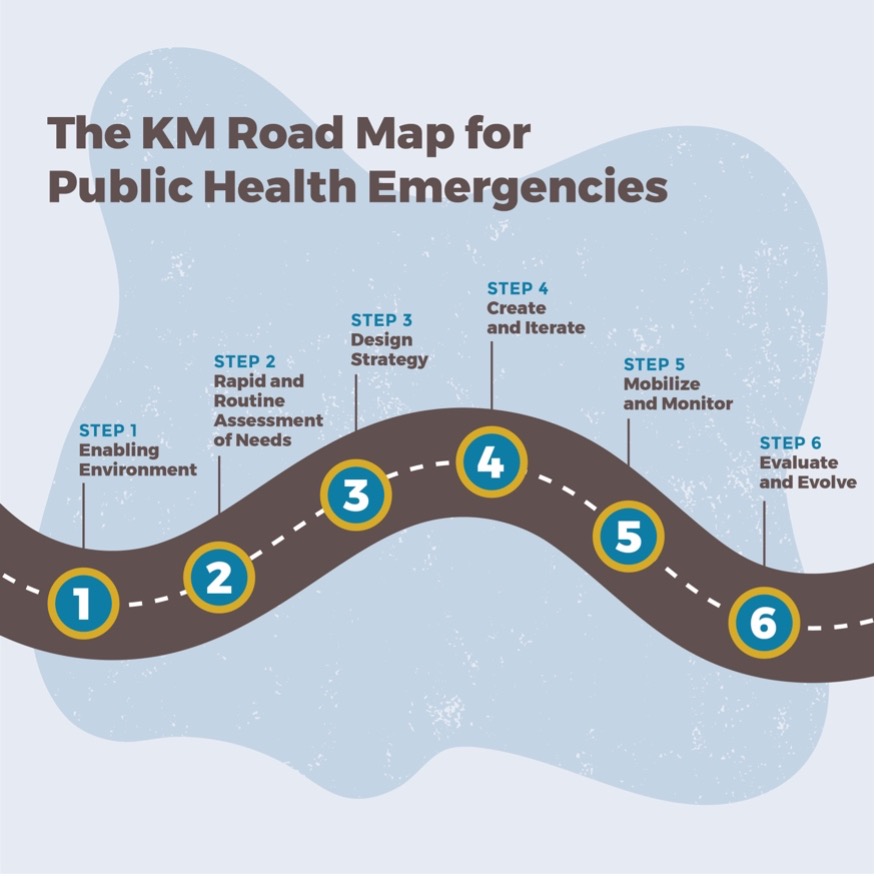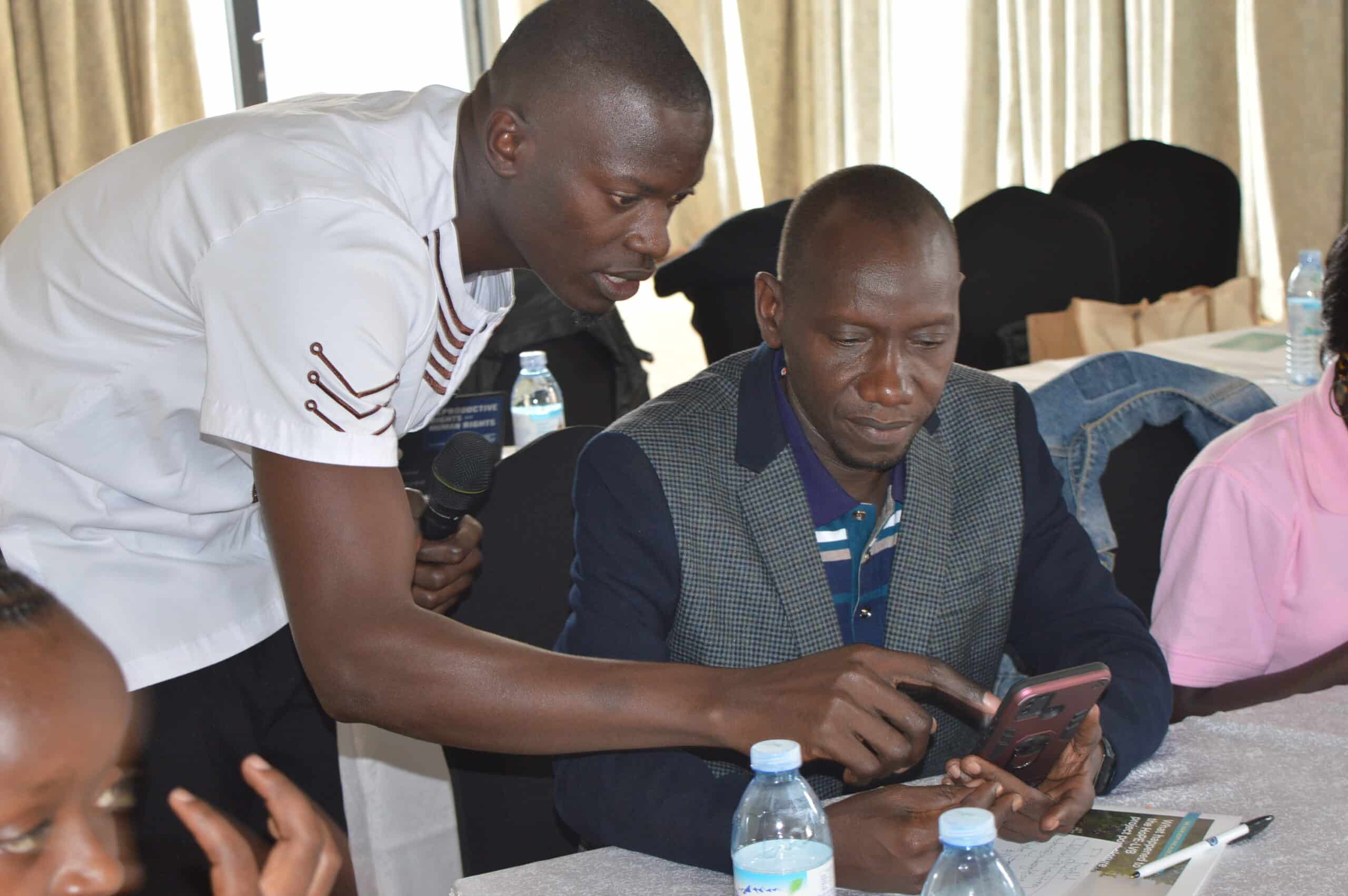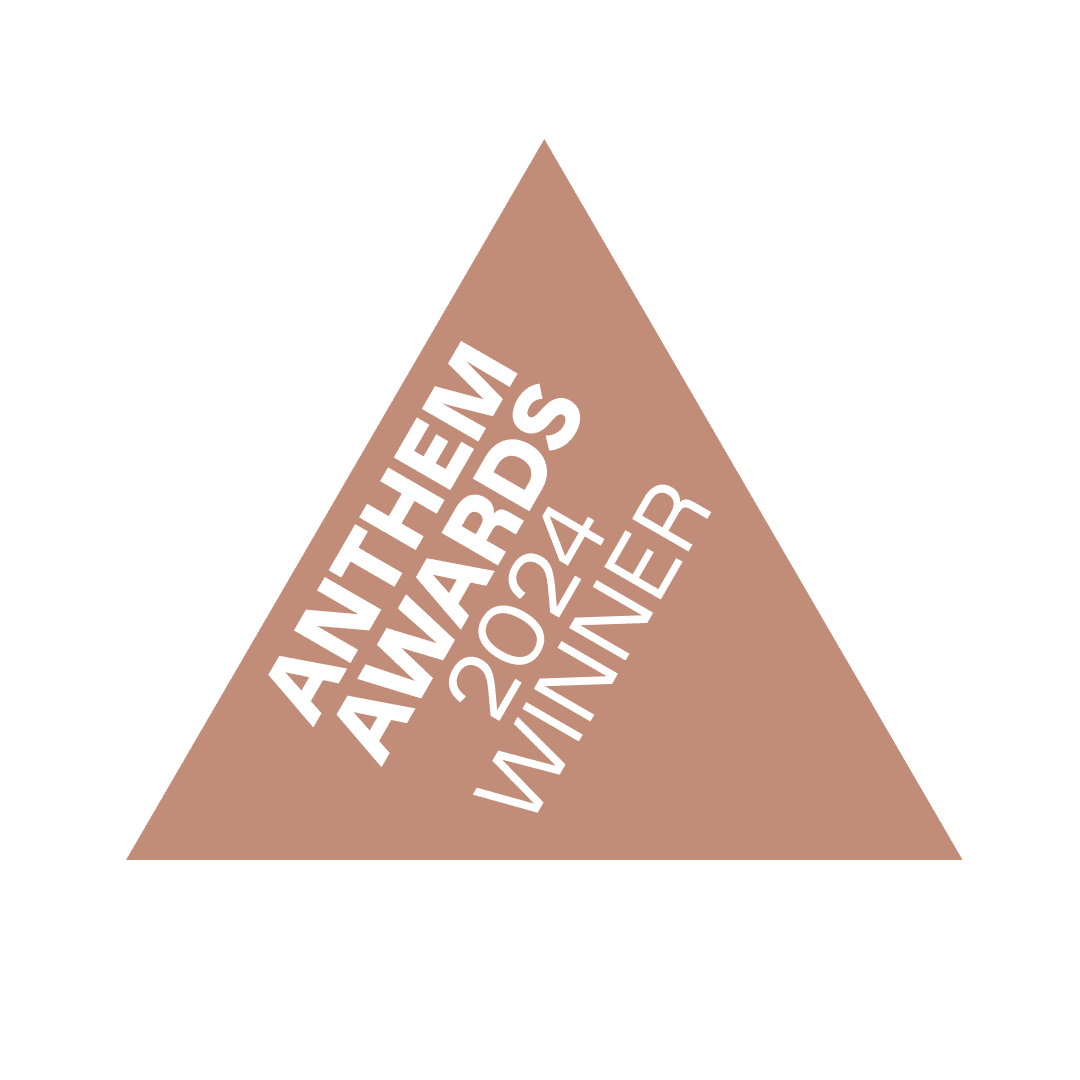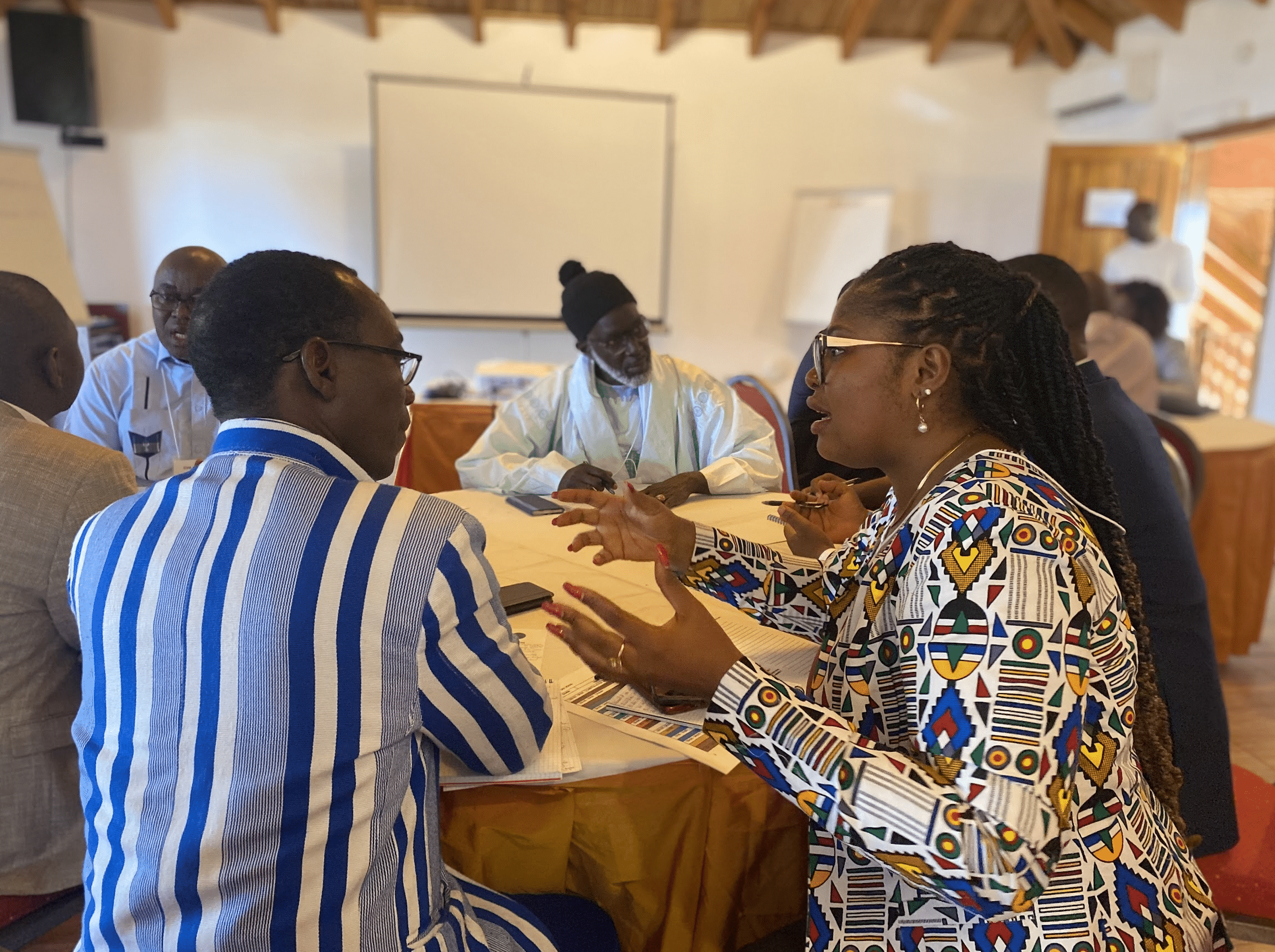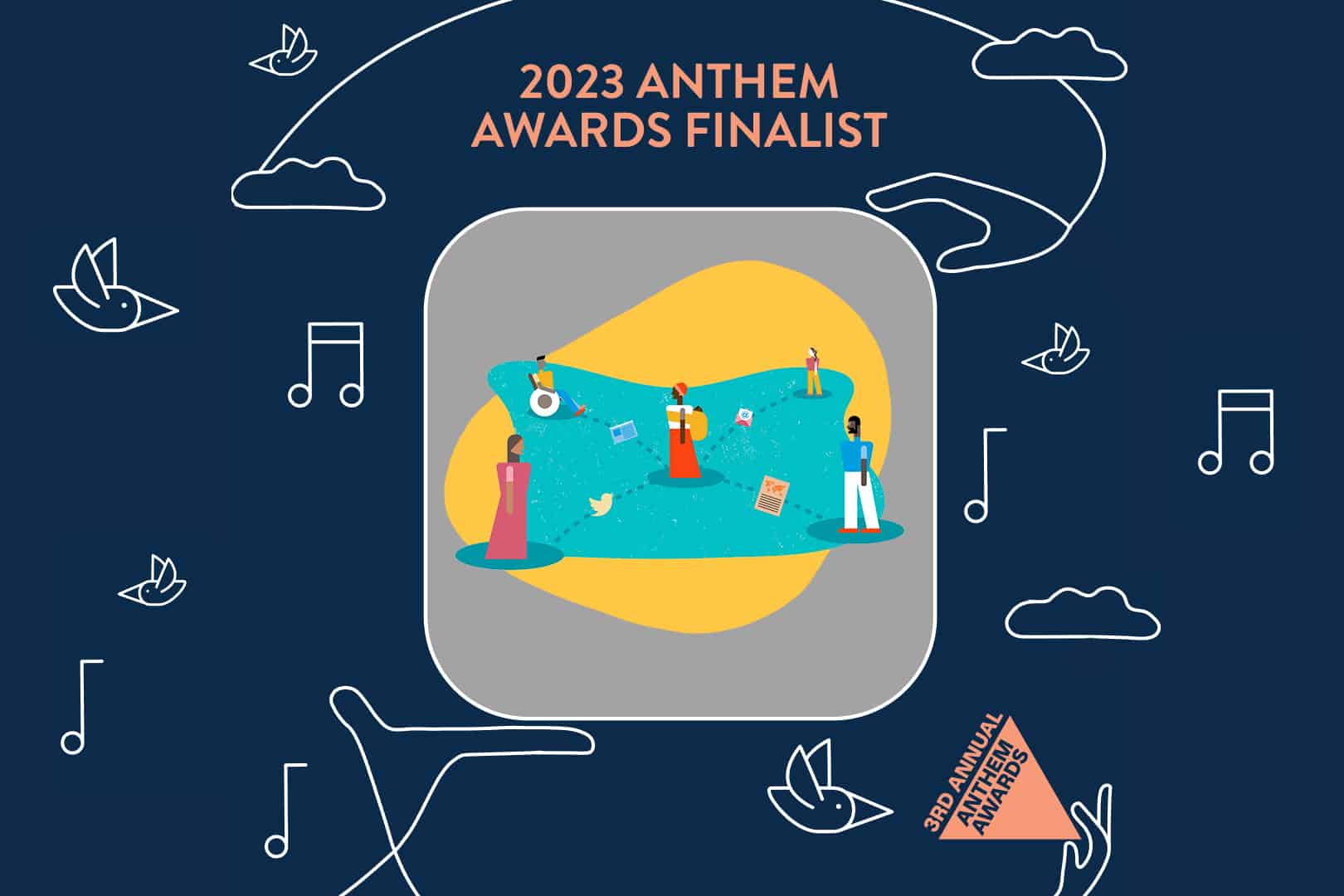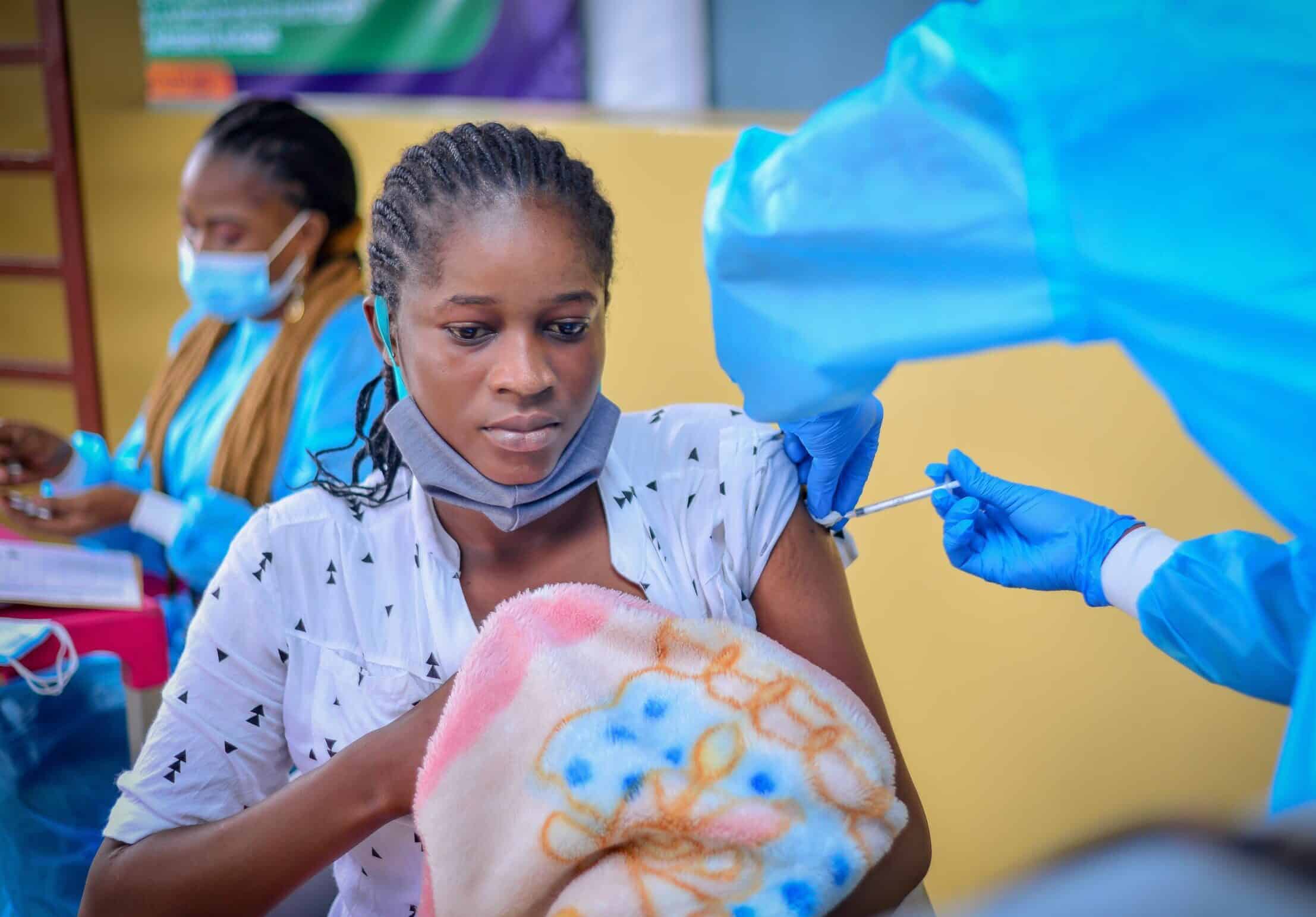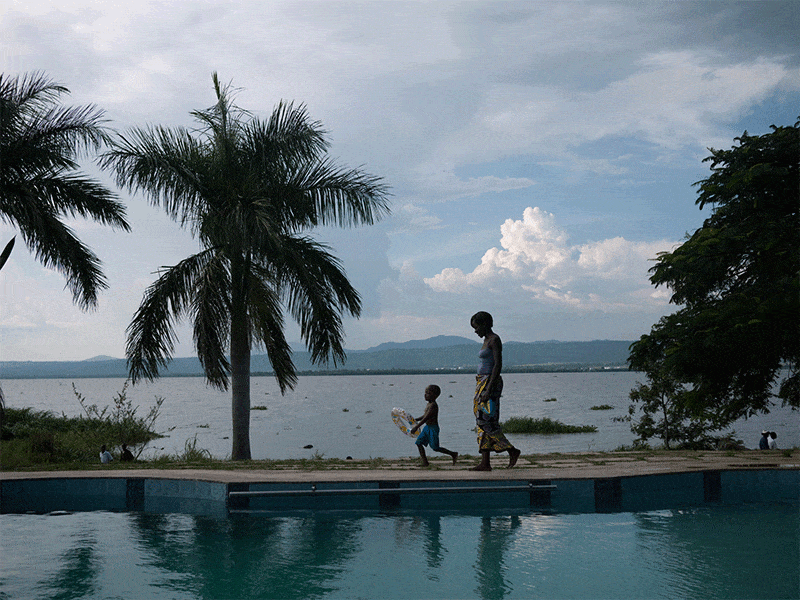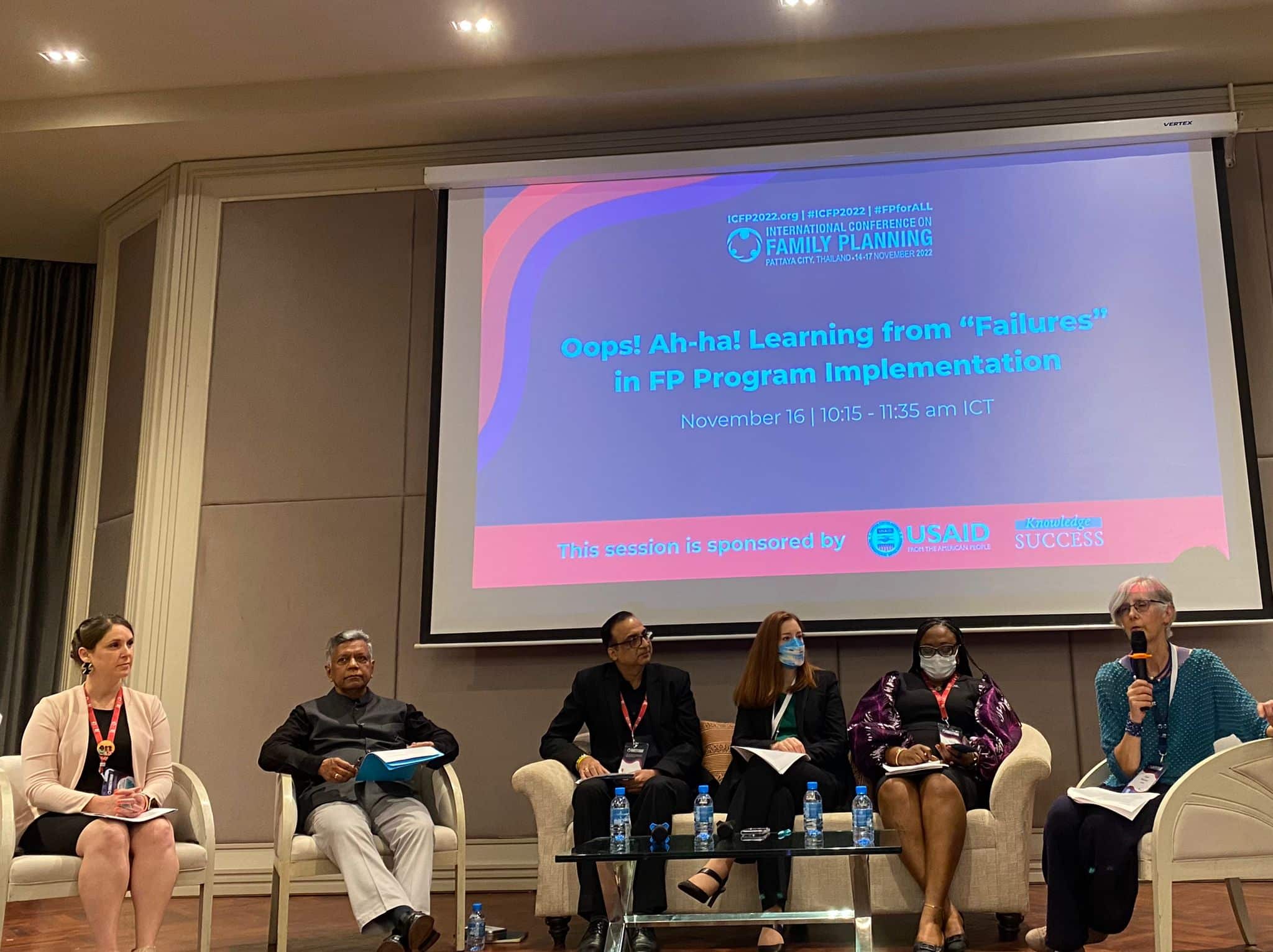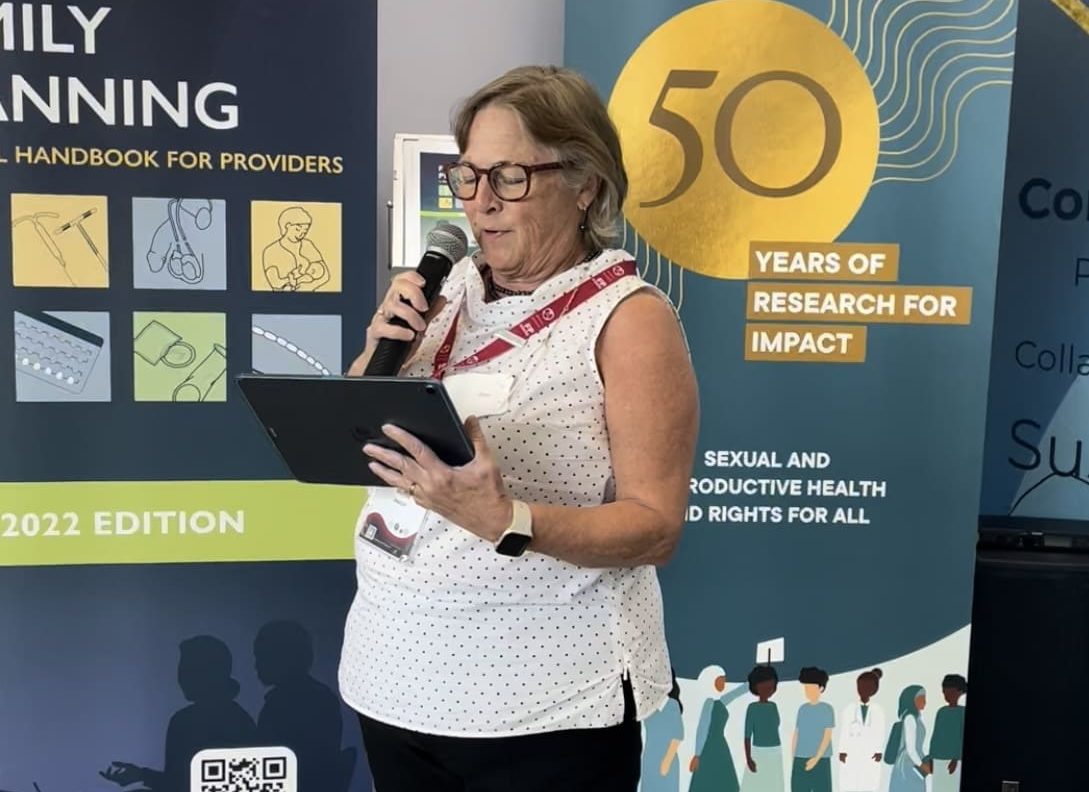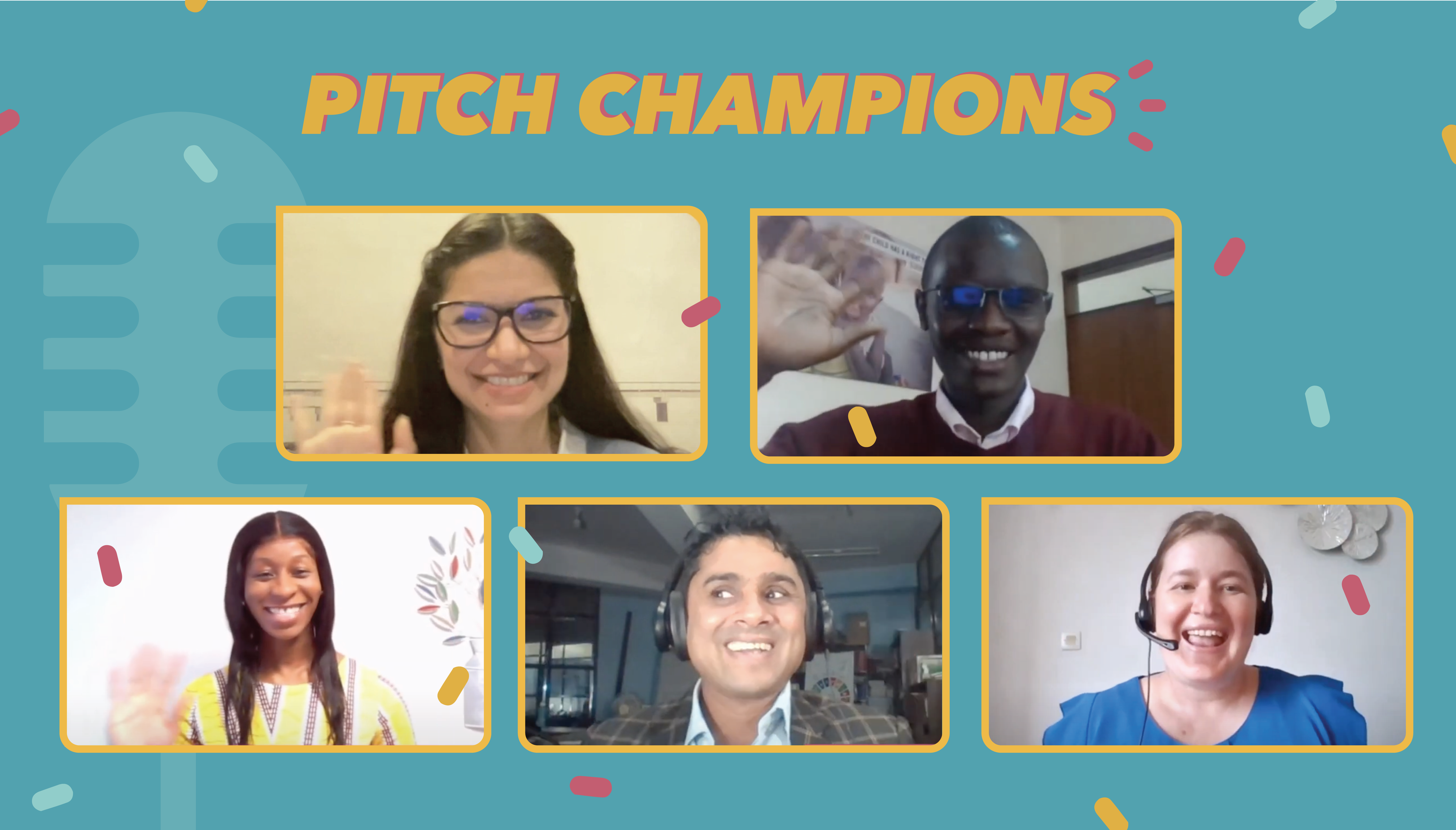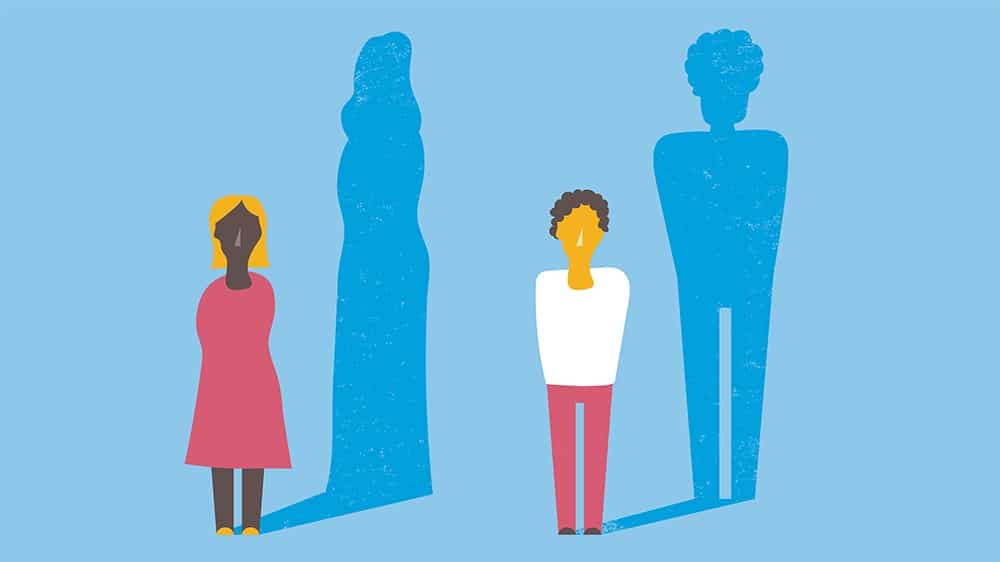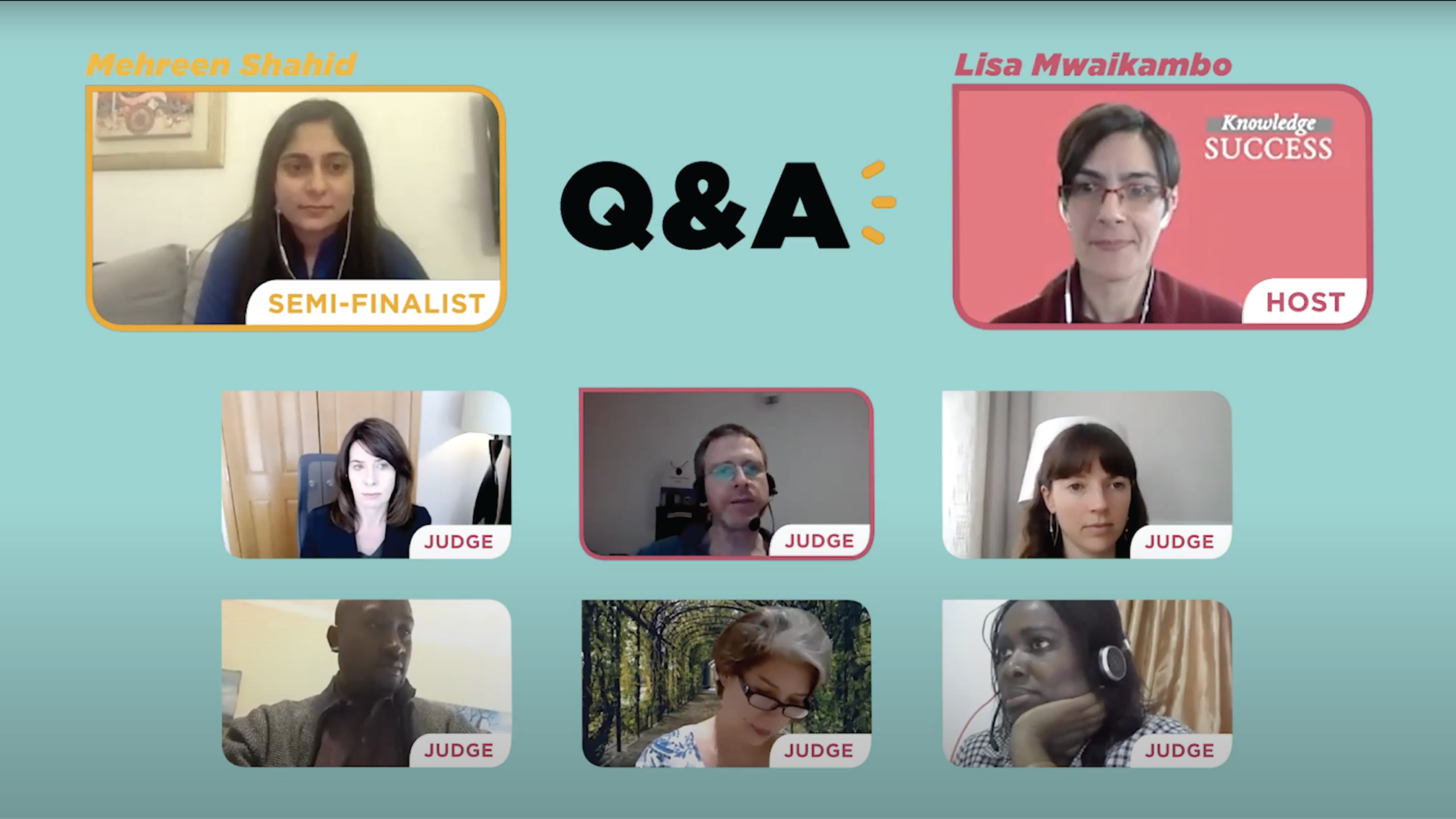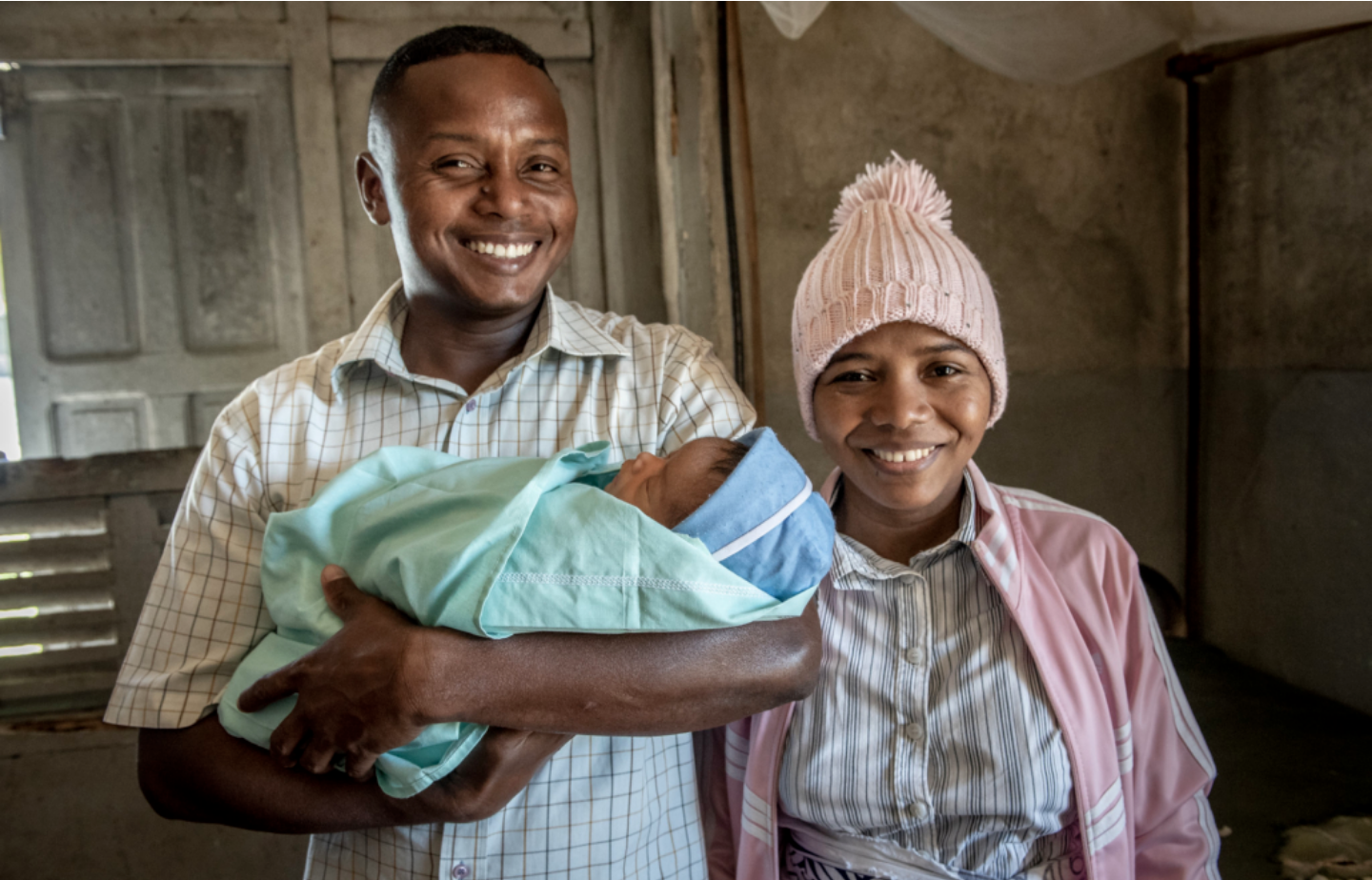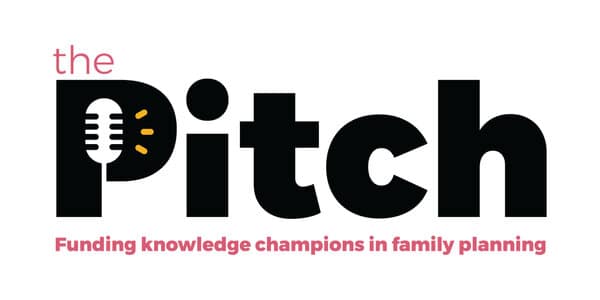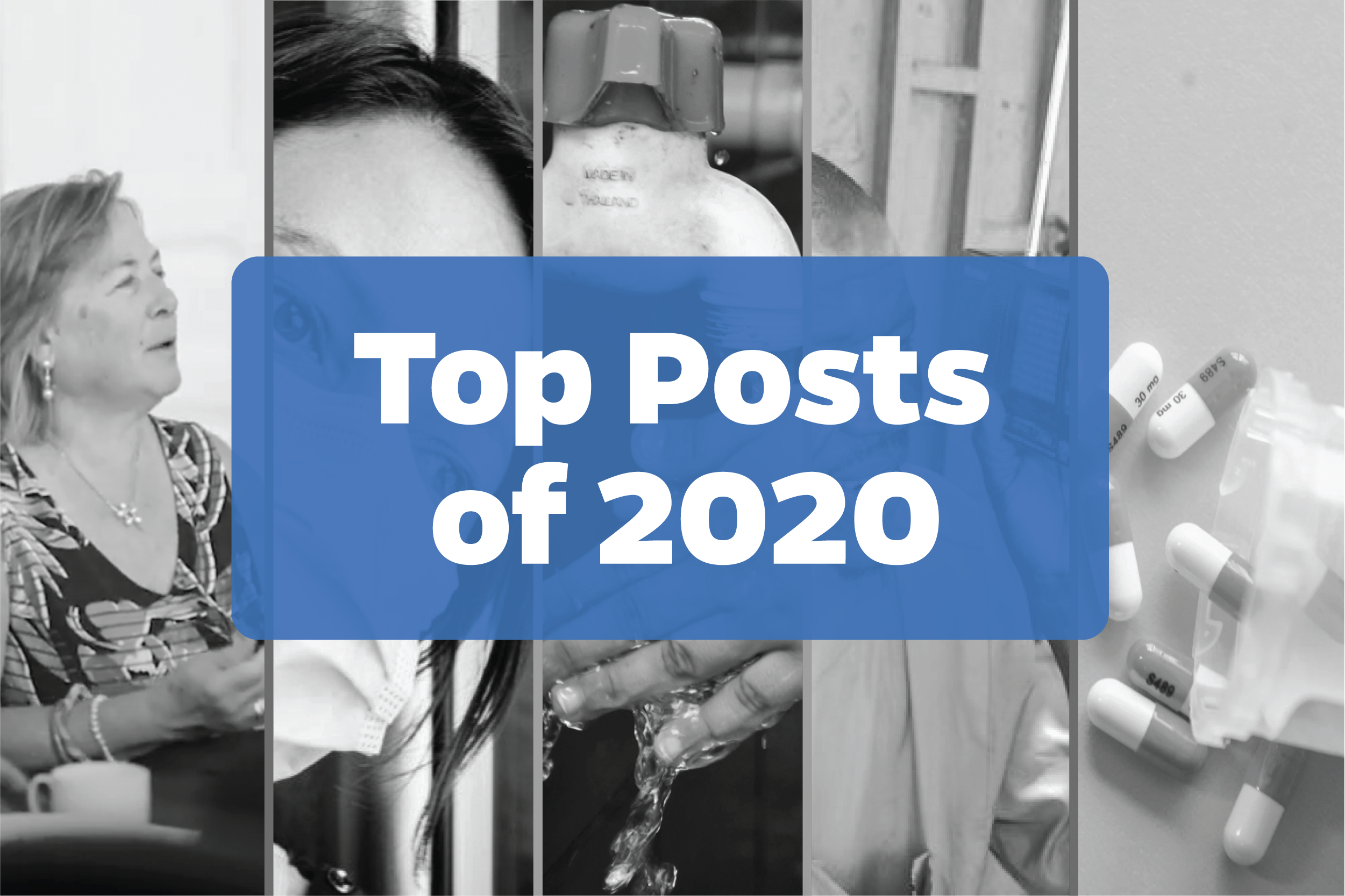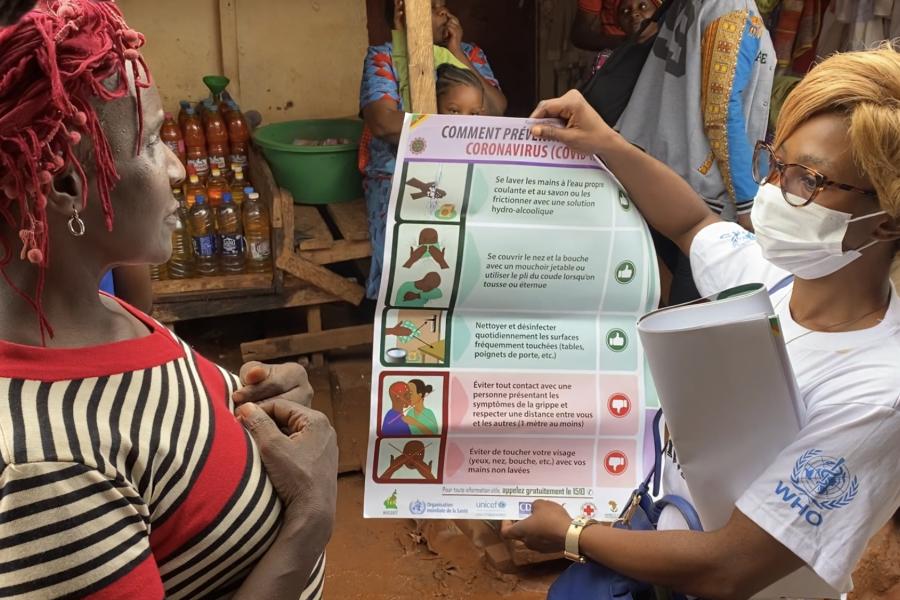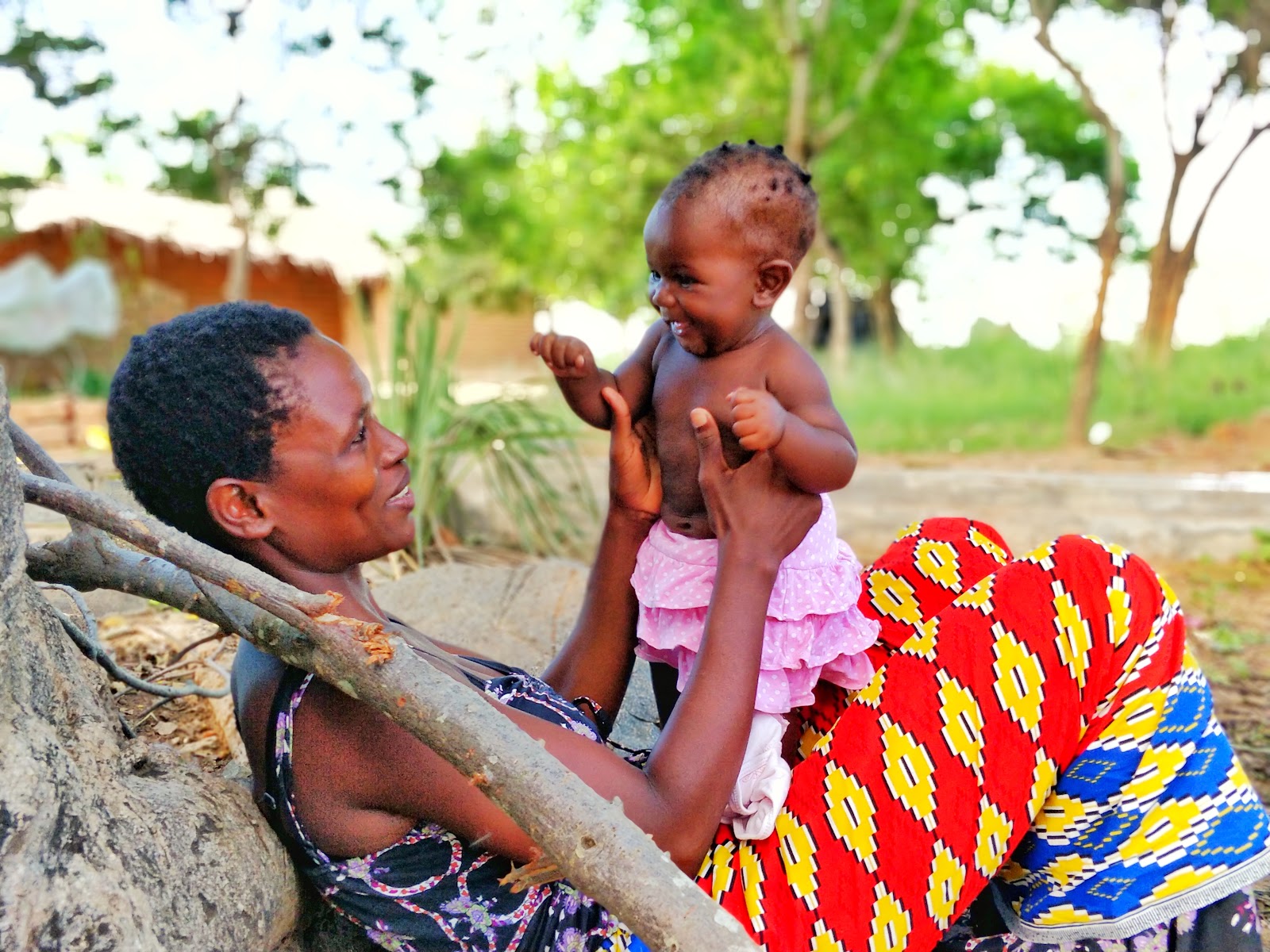Sullivan: As Sara was saying, a big part of knowledge management is that knowledge sharing aspect. But what about making sure people use it? How do you put this thing out there in the world, whether it’s by a website or a conversation around a particular topic, and make sure it is used by the people who need it?
There’s a huge gap in the world between the evidence and how long it takes to get into practice. It can take years. So, if we are not sharing these best practices and information to as many people as we can, everybody’s losing. If people are not using the latest evidence, that’s not going to bring about the best health outcomes for the population. Our job is to get that information out there, shared, contextualized and used.
It’s not a one size fits all approach, which is why we organize our knowledge management approaches around how people may be best suited to receiving the information, so it’ll get put into practice.
Desmon: Since there will not be a fifth iteration of the knowledge management project, at least for the time being, what does the community lose without this focus on knowledge management and family planning?
Sullivan: We’re losing all of the efforts of the last decade. Things are not easy to find. Things are not easy to share. And it’s impossible to use it if you can’t find and share it.
Mazursky: I 100 percent agree with what Tara said, but I think what we don’t lose is people’s investment in using knowledge management. Over the last 15 years, we’ve built global capacity in knowledge management. There’s buy in for it and for using a systematic approach, and there’s more acceptance of what knowledge management is and how important it is within institutions and among individuals.
People are now scrambling to make sure that we’re able to keep some of these online portals that codify people’s knowledge because people acknowledge the importance of knowledge management. We have lost the ability to facilitate a lot of that, but it’s heartening to see other people stepping up into that space.
One example is we are transitioning one of our Knowledge SUCCESS-led communities of practice to a youth-led organization. Is it going to look exactly the same? No, but it’s going to look exactly like what it needs to in order to carry on for the future. And I think that’s a win. This is not an ideal situation, right? But you can’t take away what people as individuals have gained from the work that we’ve done.
Sullivan: Given this whole shift in the donor and funding environment, we want to try to retain the people aspect of it. There’s been a big focus on databases and explicit knowledge, but at the same time, there’s also a dispersion of a lot of that tacit knowledge, that know-how or knowledge that is in people’s heads. The good news is that there’s so much goodwill in our community that if there’s mechanisms for bringing people together, people will come together and share their knowledge to continue to improve global health programs.
Desmon: One of my favorite things that Knowledge SUCCESS did was “The Pitch,” which was a competition you held for local organizations around the world doing knowledge management and they vied for $50,000 awards from the project and for guidance from CCP staff about their work.
How did that come about?
Sullivan: We developed what we called Knowledge Solutions. Through a series of regional workshops in Asia, West and East Africa and in North America, we talked with our audiences about their needs. Someone said, “We definitely want to have a better sense of what knowledge management innovations are taking place in the regions and countries where we were working.” Everyone had seen Shark Tank. We thought it would be fun to style the pitch like that. It also gave us an opportunity to nurture these innovations and give them a spot where they could grow over time.
Of course, it was so much fun to be able to award the $50,000 prizes. We wish we could have awarded more.
Mazursky: There’s a lot of amazing knowledge management capacity. But one of the barriers, identified by global health practitioners we spoke to, is seed funding. We’ve never really had a way to offer that where we are just providing support and guidance and funding. It was nice to be able to marry that need of some funding and a little bit of capacity strengthening support. With our network, we were able to share these innovations to a wider audience.
Some of those innovations were incredible and it was a really energizing activity for everybody who worked on it. You know, it was a novel approach in terms of having a competition in the way that it was run. But it’s not novel to work with locally led organizations and provide support.
Sullivan: One of our pitch winners that I remember fondly is the Strong Enough Girls’ Empowerment Initiative (SEGEI), a women-led, youth-focused non-profit committed to harnessing the intellectual and social strengths of adolescent girls and women through education, mentorship, life skills development and comprehensive family planning and sexuality education in Nigeria. They wanted to do bilingual radio programming, featuring real-life experiences of grassroots family planning leaders in West Africa in Nigeria and Niger sharing stories of what works and what doesn’t in reproductive health programming. They wound up doing this programming in multiple languages, and it had a powerful impact in the region. And, when they came to the Pitch, they were at the right moment when they just needed a little bit of seed money to help them take that idea out into the world.
Another one that comes to mind is White Ribbon Alliance in Malawi, which is a data dashboard for family planning. After winning money from “The Pitch,” it is now embedded within one of the governmental websites, so it’s in use, it’s practical, it’s sustainable, and that little bit of money helped to get it off the ground.
